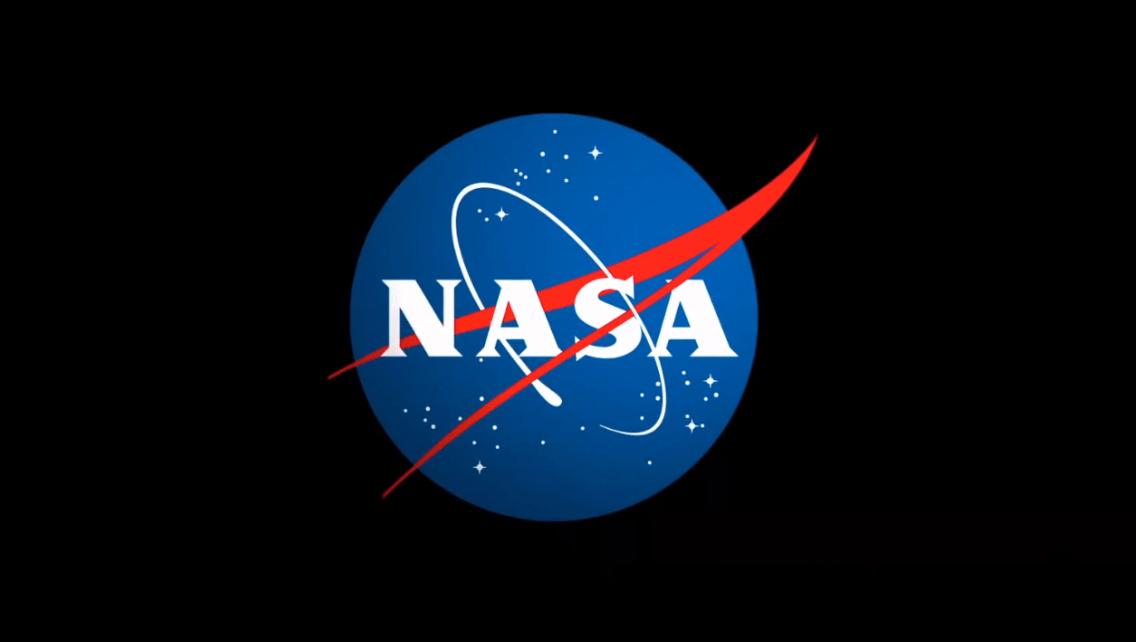Science
NASA Awards $1.4 Million for Orbital Transfer Vehicle Studies

NASA has awarded contracts to six companies to conduct studies aimed at developing lower-cost methods for launching and delivering spacecraft to challenging orbits. The awards, which total approximately $1.4 million, will support nine distinct studies focused on the future application of orbital transfer vehicles for various NASA missions.
The selected companies include Arrow Science and Technology LLC from Webster, Texas; Blue Origin LLC based in Merritt Island, Florida; Firefly Aerospace Inc. located in Cedar Park, Texas; Impulse Space Inc. from Redondo Beach, California; Rocket Lab in Long Beach, California; and United Launch Alliance from Centennial, Colorado. Each of these firms will explore innovative approaches to meet NASA’s expanding needs for multi-spacecraft and multi-orbit delivery capabilities.
Innovative Approaches to Space Delivery
Joe Dant, who serves as the orbital transfer vehicle strategic initiative owner for NASA’s Launch Services Program at the Kennedy Space Center, emphasized the importance of these studies. “With the increasing maturity of commercial space delivery capabilities, we’re asking companies to demonstrate how they can meet NASA’s need for multi-spacecraft and multi-orbit delivery to difficult-to-reach orbits beyond current launch service offerings,” he stated. This initiative is expected to enhance scientific capabilities while simultaneously reducing mission costs for the agency.
The studies will cover a range of innovative concepts. For instance, Arrow Science and Technology will collaborate with Quantum Space, utilizing Quantum’s Ranger spacecraft, which is designed for rapid maneuverability and adaptability. This vehicle will enable multi-destination deliveries from low Earth orbit to lunar orbit.
Blue Origin plans to conduct two studies, including one that focuses on its Blue Ring platform. This large, high-mobility space platform is intended to provide comprehensive payload delivery services, advanced on-board computing, and mission operations. The second study will examine the upper stage for Blue Origin’s New Glenn rocket.
Meanwhile, Firefly Aerospace is developing its Elytra orbital vehicles, which offer on-demand payload delivery and extensive communication capabilities across cislunar space. The Elytra Dark variant is specifically engineered to serve as a transfer vehicle for extended lunar operations.
Advancing Mobility in Space
Impulse Space will produce two studies focusing on its vehicles, Mira and Helios. Mira is designed for high-thrust and maneuverability, facilitating payload hosting and deployment. Helios serves as a high-energy kick stage, enabling rapid delivery of payloads from low Earth to medium Earth orbits, and potentially beyond.
In addition, Rocket Lab will explore the upper stage of its Neutron rocket and create a long-life orbital transfer vehicle based on its Explorer spacecraft. Both vehicles will feature their own propulsion systems designed for missions extending to medium Earth and geosynchronous orbits, as well as deep space missions targeting the Moon, Mars, and near-Earth asteroids.
Finally, United Launch Alliance will assess the capabilities of an extended-duration Centaur V upper stage. This stage is projected to enable the direct delivery of multiple rideshare spacecraft to various cislunar destinations, potentially eliminating the need for additional rocket stages or transfer vehicles.
The studies are expected to be completed by September 15, 2025. NASA intends to leverage the findings to refine its mission design and planning processes, as well as to develop acquisition strategies for commercial launch services tailored to risk-tolerant payloads. There is also the potential to extend these delivery services to accommodate larger payloads and missions classified as less risk-tolerant in the future.
This initiative is part of NASA’s broader Venture-Class Acquisition of Dedicated and Rideshare Launch Services (VADR) contract, which aims to stimulate growth in the U.S. commercial launch market. By facilitating greater access to space at reduced costs, NASA continues to support advancements in science and technology.
For more information about NASA’s Launch Services Program, visit [NASA’s official website](https://www.nasa.gov/launch-services-program-end).
-

 Lifestyle5 months ago
Lifestyle5 months agoLibraries Challenge Rising E-Book Costs Amid Growing Demand
-

 Sports4 months ago
Sports4 months agoTyreek Hill Responds to Tua Tagovailoa’s Comments on Team Dynamics
-

 Sports4 months ago
Sports4 months agoLiverpool Secures Agreement to Sign Young Striker Will Wright
-

 Lifestyle4 months ago
Lifestyle4 months agoSave Your Split Tomatoes: Expert Tips for Gardeners
-

 Lifestyle4 months ago
Lifestyle4 months agoPrincess Beatrice’s Daughter Athena Joins Siblings at London Parade
-

 Science4 months ago
Science4 months agoSan Francisco Hosts Unique Contest to Identify “Performative Males”
-

 World4 months ago
World4 months agoWinter Storms Lash New South Wales with Snow, Flood Risks
-

 Science5 months ago
Science5 months agoTrump Administration Moves to Repeal Key Climate Regulation
-

 Business5 months ago
Business5 months agoSoFi Technologies Shares Slip 2% Following Insider Stock Sale
-

 Science5 months ago
Science5 months agoNew Tool Reveals Link Between Horse Coat Condition and Parasites
-

 Sports5 months ago
Sports5 months agoElon Musk Sculpture Travels From Utah to Yosemite National Park
-

 Science5 months ago
Science5 months agoNew Study Confirms Humans Transported Stonehenge Bluestones









